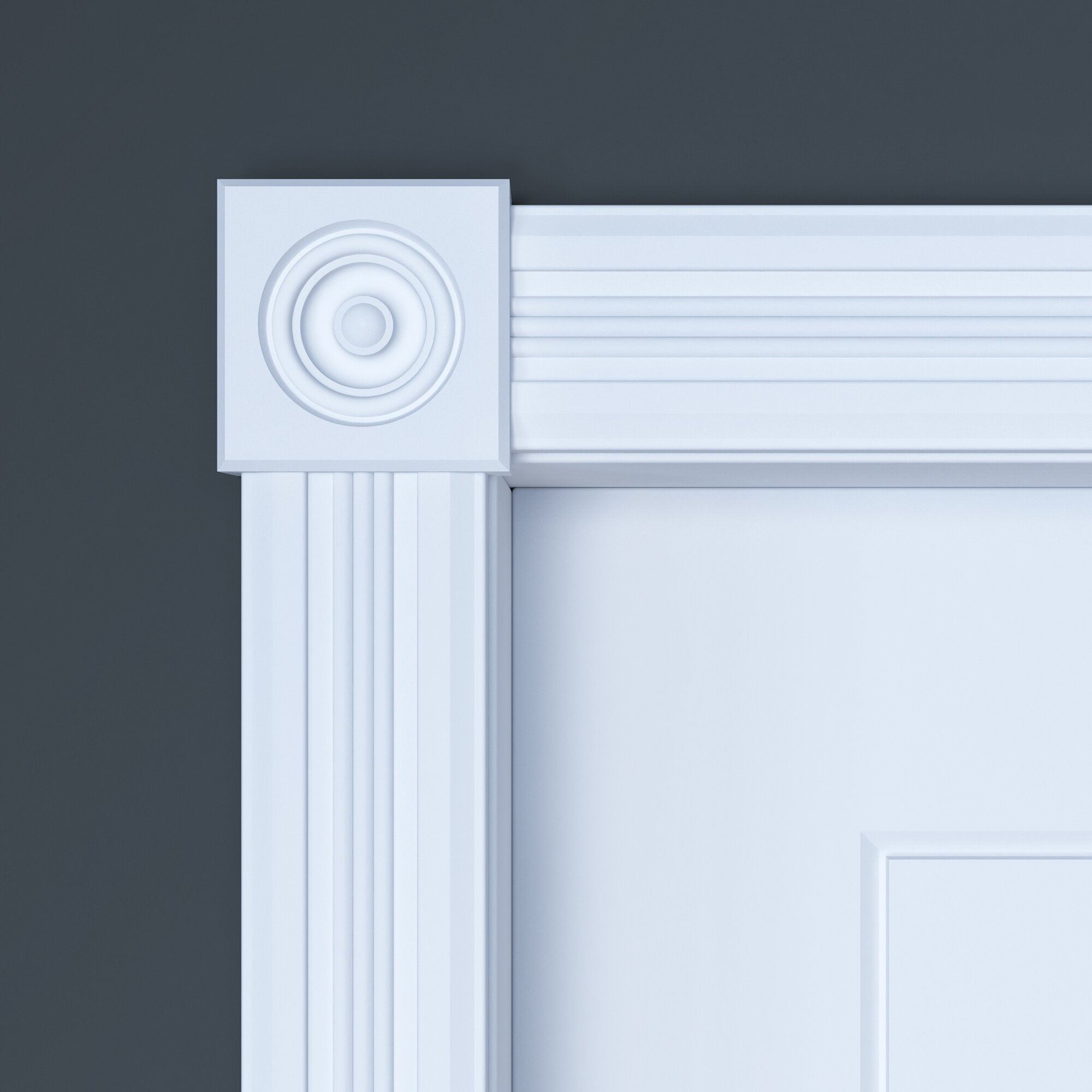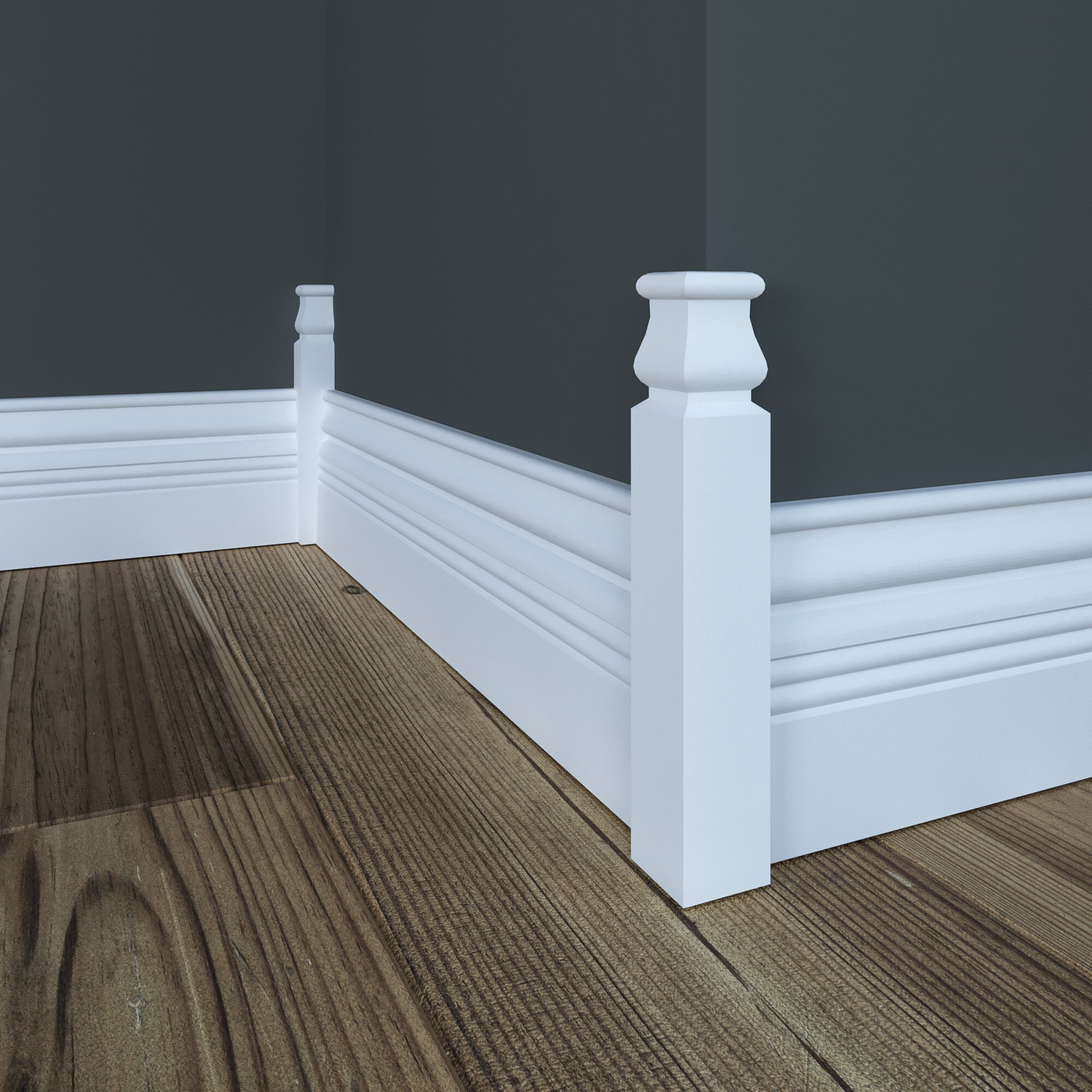Introduction to Corner Decorative Trim
When it comes to home decor, the details matter. Corner decorative trim is one of those subtle yet impactful features that can elevate your interiors from dull to dynamic. In my experience, after adding trim to my own home’s corners, I noticed a significant enhancement in the visual appeal of the rooms. Not only does it provide a polished look, but it also brings warmth and character to any space.
What is Corner Decorative Trim?
Corner decorative trim refers to the finishing pieces that adorn the corners of a room. These can be made from various materials such as wood, PVC, or plaster and come in multiple styles, contributing to the overall aesthetic of your home. Whether you’re going for a classic, modern, or rustic vibe, there’s a perfect trim style for you.
Types of Corner Decorative Trim
Understanding the different types of corner decorative trim can help you make an informed choice that aligns with your decor style. Here are the most popular options:
1. Crown Molding
Crown molding is a classic choice that sits at the junction of the wall and ceiling. It adds elegance and height to a room.
2. Baseboard Trim
Baseboard trim runs along the bottom of the walls, providing a finished look and protecting walls from scuffs and damage.

3. Chair Rail
A chair rail is installed halfway up the wall and serves both aesthetic and functional purposes, preventing chairs from damaging the wall.
4. Wainscoting
Wainscoting involves panels that cover the lower section of the walls. It adds depth and texture, perfect for traditional themes.

5. Corner Blocks
These are pre-cut decorative pieces used at the corners to simplify installation and enhance beauty.
Why Invest in Corner Decorative Trim?
Investing in corner decorative trim has several benefits, including:
- Aesthetic Appeal: Enhances the beauty of your interiors.
- Increased Home Value: Well-finished trim can elevate the market value of your home.
- Conceals Imperfections: Masks any gaps or imperfections at the corners.
- Personalization: Allows you to add your personal touch to the decor.

Choosing the Right Material for Your Trim
The material you choose for your corner decorative trim can significantly affect both the appearance and functionality. Here’s a breakdown of common materials:
1. Wood
Wood is a popular choice due to its versatility and natural beauty. It can be stained or painted to match any decor.

2. MDF (Medium Density Fiberboard)
MDF is cost-effective, easy to work with, and comes primed for painting, making it ideal for DIY projects.
3. PVC
PVC trim is water-resistant, making it great for areas prone to moisture, like bathrooms and kitchens.

4. Plaster
Plaster is traditionally used for more intricate designs and can create a classic, high-end look.
Installation Guide: Step-by-Step
Installing corner decorative trim can be a DIY project if you’re comfortable with some basic tools. Here’s a step-by-step guide:

Tools You’ll Need
- Miter saw or hand saw
- Nail gun or hammer
- Caulk
- Paint or stain
- Measuring tape
- Level
Installation Steps
- Measure: Measure the height where you plan to install the trim.
- Cut the Pieces: Use a miter saw to cut your trim at 45-degree angles for perfect corner fits.
- Dry Fit: Before nailing, dry fit your pieces around the corners to ensure they fit properly.
- Nail in Place: Secure the corners with a nail gun or hammer.
- Fill Gaps: Use caulk to fill any gaps at the seams for a seamless look.
- Paint or Stain: Finish with paint or stain to match your decor.
Comparison Table of Trim Materials
| Material | Durability | Cost | Ease of Installation | Best For |
|---|---|---|---|---|
| Wood | High | $$$ | Moderate | Traditional & rustic styles |
| MDF | Moderate | $$ | Easy | Budget-friendly projects |
| PVC | High | $$ | Easy | Moisture-prone areas |
| Plaster | High | $$$$ | Challenging | Intricate and classic designs |
Pros and Cons of Corner Decorative Trim
Pros
- Adds character and elegance to a room
- Increases property value
- Can be a DIY project saving on labor costs
- Available in various styles and materials
Cons
- Cost can add up, depending on the material
- Installation can be time-consuming
- Complex designs may require professional help
Maintaining Your Corner Decorative Trim
To keep your corner decorative trim looking its best, regular maintenance is key. Here are some tips:
- Dust Regularly: Use a soft cloth to dust the trim and prevent dirt buildup.
- Check for Damage: Periodically inspect for chips or cracks and address them quickly.
- Repaint or Restain: Depending on wear and tear, you might need to repaint or restain every few years.
Frequently Asked Questions (FAQs)
Q1: Can I install corner decorative trim without professional help?
A1: Yes! With basic tools and some patience, most homeowners can tackle trim installation as a DIY project.
Q2: How do I choose the right style of trim for my decor?
A2: Consider your home’s existing decor, and look for trim styles that complement it. Want a modern look? Go for clean lines; want a traditional feel? Opt for ornate designs.
Q3: What are corner blocks, and why should I use them?
A3: Corner blocks are pre-cut, decorative pieces that simplify installation and create a seamless look at corners. They are especially useful for novice DIYers.
Q4: How do I clean decorative trim?
A4: Use a mild soap solution and a soft cloth to clean your trim. Avoid harsh chemicals that could damage the finish.
Q5: Is corner decorative trim suitable for every room?
A5: Yes, corner decorative trim can enhance any room, from living rooms to dining areas and even bathrooms, as long as you choose the right material for the environment.